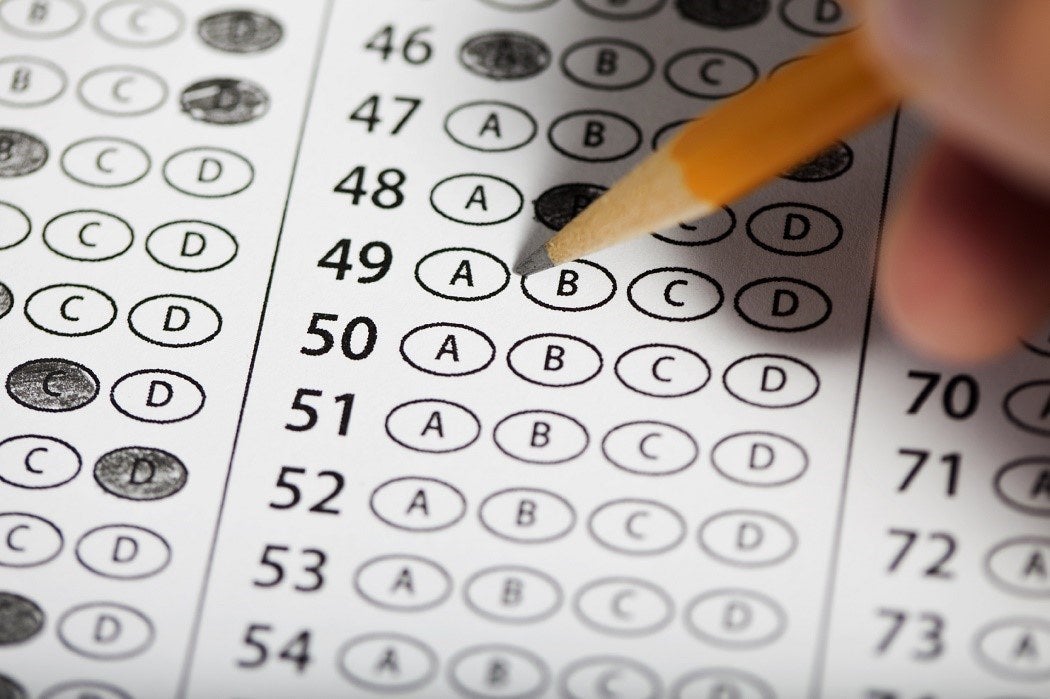In 1845 educational pioneer Horace Mann had an idea. Instead of annual oral exams, he suggested that Boston Public School children should prove their knowledge through written tests. According to Carole J. Gallagher, who wrote about the history of standardized tests in a 2003 paper for Educational Psychology Review, Mann’s goal was to find and replicate the best teaching methods so that all children could have equal opportunities.
The standardized testing movement didn’t really take hold in a big way until quite a bit later, but it’s made up for the slow start in recent decades, becoming central to how our educational system works.
Unlike Mann’s exam, many of the first widely adopted standardized school tests were designed not to measure achievement but ability. Intelligence tests, and similar assessments that grew in prominence in the early twentieth century, had an aura of scientific objectivity. The Army Alpha and Beta Tests, developed during World War I to sort soldiers by their mental abilities, became a model for the schools.
Testing promised a way to identify kids who might go on to great things while avoiding wasting resources on “slow children.” This went along with the growth of academic tracking to set students on the career path deemed appropriate for them. The most important test of ability, the College Entrance Examination Board—later renamed the Scholastic Aptitude Test, or SAT—began in the 1920s.
In the 1960s, the federal government started pushing new achievement tests designed to evaluate instructional methods and schools. The weight placed on those tests grew over the decades as the Cold War and the globalizing economy put a spotlight on schools’ production of a skilled workforce.
One big question about standardized tests is whether they help or hurt students from disadvantaged backgrounds. In a 2008 paper for the Annual Review of Sociology, Eric Grodsky, John Robert Warren, and Erika Felts look at the complicated relationship between testing and social inequality.
Some proponents of testing have promoted it at least partly as an antidote to rigid class structures. The SAT, for example, was designed partly to make top colleges into places for clever young men from all backgrounds, not just the children of the elite. But modern critics note that standardized test scores largely reflect socioeconomic privilege. That’s partly because rich kids with mediocre scores can juice their results with expensive private test preparation courses. Also, though, differences in test results among students from different backgrounds may be related to an array of issues from early childhood malnutrition to differences in resources available at local schools.
Grodsky, Warren, and Felts argue that tests don’t necessarily create more social stratification. Instead, they mostly seem to reflect the academic advantages that go with socioeconomic privilege among American kids. But, of course, that’s evidence that despite Horace Mann’s hopes for standardized tests, equal opportunity for all children still hasn’t become reality.







